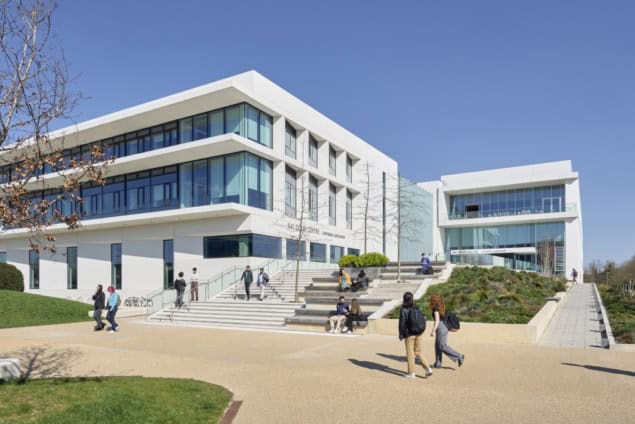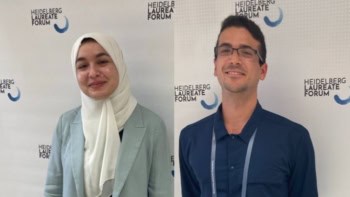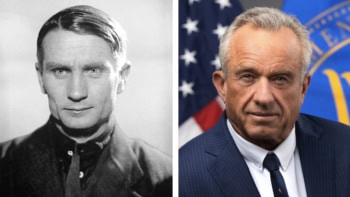
A ceremony has been held today to officially open the Ray Dolby Centre at the University of Cambridge. Named after the Cambridge physicist and sound pioneer Ray Dolby, who died in 2013, the facility is the new home of the Cavendish Laboratory and will feature 173 labs as well as lecture halls, workshops, cleanrooms and offices.
Designed by the architecture and interior design practice Jestico + Whiles (who also designed the UK’s £61m National Graphene Institute) and constructed by Bouygues UK, the centre has been funded by £85m from Dolby’s estate as well as £75m from the UK’s Engineering and Physical Sciences Research Council (EPSRC).
Spanning 33 000 m² across five floors, the new centre will house 1100 staff members and students.
The basement will feature microscopy and laser labs containing vibration-sensitive equipment as well as 2500 m² of clean rooms.
The Dolby centre will also serve as a national hub for physics, hosting the Collaborative R&D Environment – a EPSRC National Facility – that will foster collaboration between industry and university researchers and enhance public access to new research.
Parts of the centre will be open to the public, including a café as well as outreach and exhibition spaces that are organised around six courtyards.
The centre also provides a new home for the Cavendish Museum, which includes the model of DNA created by James Watson and Francis Crick as well as the cathode ray tube that was used to discover the electron.
The ceremony today was attended by Dagmar Dolby, president of the Ray and Dagmar Dolby Family Fund, Deborah Prentice, vice-chancellor of the University of Cambridge and physicist Mete Atatüre, who is head of the Cavendish Laboratory.
“The greatest impacts on society – including the Cavendish’s biggest discoveries – have happened because of that combination of technological capability and human ingenuity,” notes Atatüre. “Science is getting more complex and technically demanding with progress, but now we have the facilities we need for our scientists to ask those questions, in the pursuit of discovering creative paths to the answers – that’s what we hope to create with the Ray Dolby Centre.”



